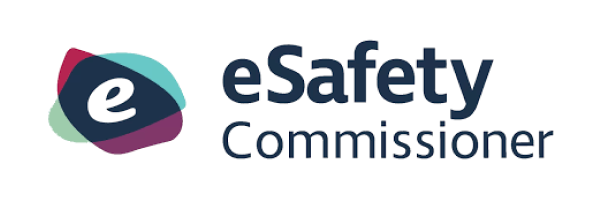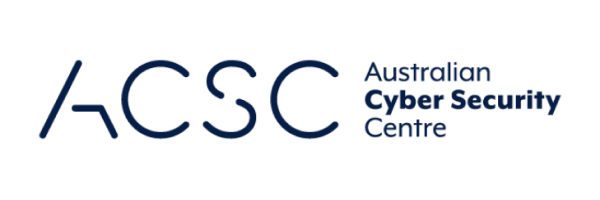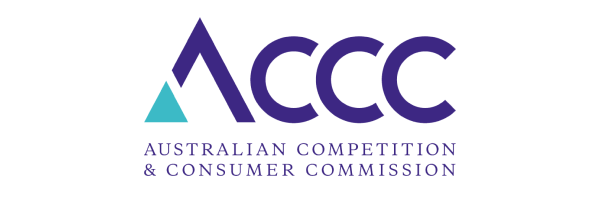Keeping you & your family safe online
More than ever, we are connecting online to work, stay in touch with friends and family and to access a variety of services and content.
While there are many benefits offered by the online world, there are also risksand harms.
We want you to make the most of your Konec Mobile service but understand that you may encounter these risks and harms when using it. We've prepared this information page to help you understand the types of online dangers, how to minimise exposure and how to report it.
We work in cooperation with eSafety, Australia's independent regulator for online safety, to keep you and your family safe.

Types of Harms

Cyber Bullying
Cyberbullying is when a person uses the internet to deliberately upset a young person or make them feel bad. It can happen on a social media site, app, game, mobile phone or email. It includes things like sending hurtful messages or sharing embarrassing images of them, spreading gossip and untruths and even excluding them from online activities.
For more information on Cyberbullying including how to report it, click here.
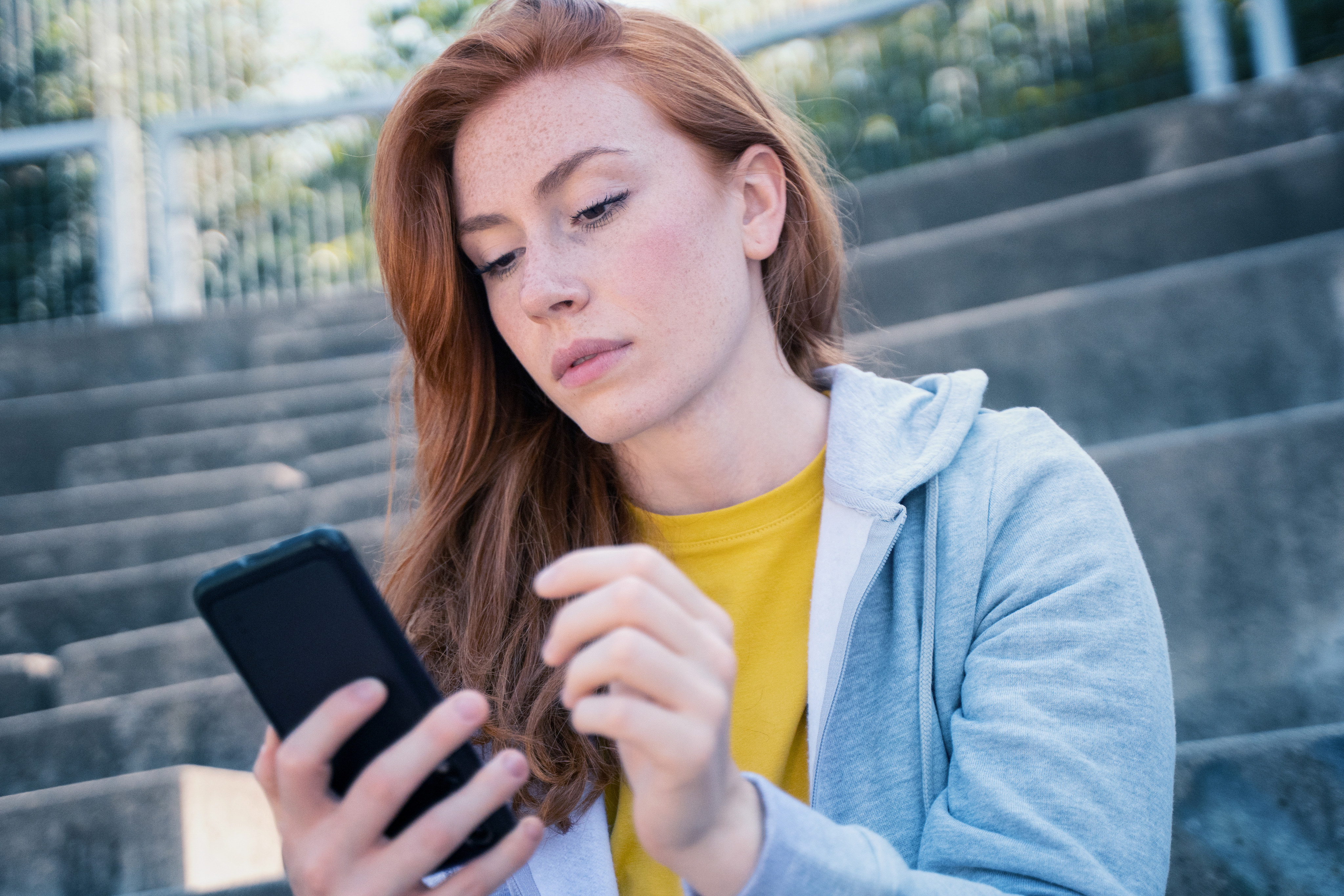
Adult Cyber Abuse
Adult Cyber Abuse is when a person sends seriously harmful content to a person who is 18 or older or posts or shares harmful content about them. It can include posts, comments, emails, messages, chats, images and videos.
For more on Adult Cyber Abuse, including when and how you should report it, click here.

Image Based Abuse
Image based abuse is when a person shares or threatens to share an intimate image or video of a person without their consent. It includes 'Revenge Porn' when the intent is to hurt, humiliate, embarrass a person they were in a relationship with. It also includes 'Sextortion' where someone tries to blackmail a person over an intimate image or video.
For more information on Image Based Abuse including how to report it, click here.
Illegal & Restricted Online Content
Illegal and restricted online content refers to online content that ranges from seriously harmful material through to content which should not be accessed by children. The Online Safety Act (2021) defines this content as either Class 1 material or Class 2 material.
Class 1A refers to child sexual exploitation material, pro-terror material, and extreme crime and violence material
Class 1B refers to crime and violence material and drug-related material
Class 2 refers to material that is or would be rated X18+ or R18+.
Read more about illegal and restricted online content here.

Ways to limit your exposure to illegal and restricted content
Filters
Internet content filters may help with blocking access to sites containing these materials so that you don't encounter them in your online activities. We've included links to the website of some vendors of these products for your convenience. Take the time to review each to determine which one best suits your needs.
Family Friendly Filters
With a large number of filters available on the internet, the Communications Alliance has created the Family Friendly Filter program list to help you with choosing the filter program to suit your family.
To qualify for Family Friendly Filter status, these filters are subjected to rigorous independent testing to ensure that it meets the criteria as set out in the relevant Industry Code.
Classes of accredited Family Friendly Filters.
There are 4 levels of classification for certified filters:
- These filters block websites on the eSafety Commissioner's Prohibited URL Filter (PUF) list, and are recommended for 18+ years of age
- Class 1: Recommended for children over 15 years of age
- Class 2: Recommended for children between 10 and 15 years of agefee
- Class 3: Recommended for children under 10 years of age
For a list of accredited Family Friendly Filter providers, visit Communications Alliance website here.
Parental Controls
Parental controls allow you to limit or restrict what your child sees and does online. They can be used to: block websites, apps, device functions (like the camera); filter content; monitor use and set time limits.
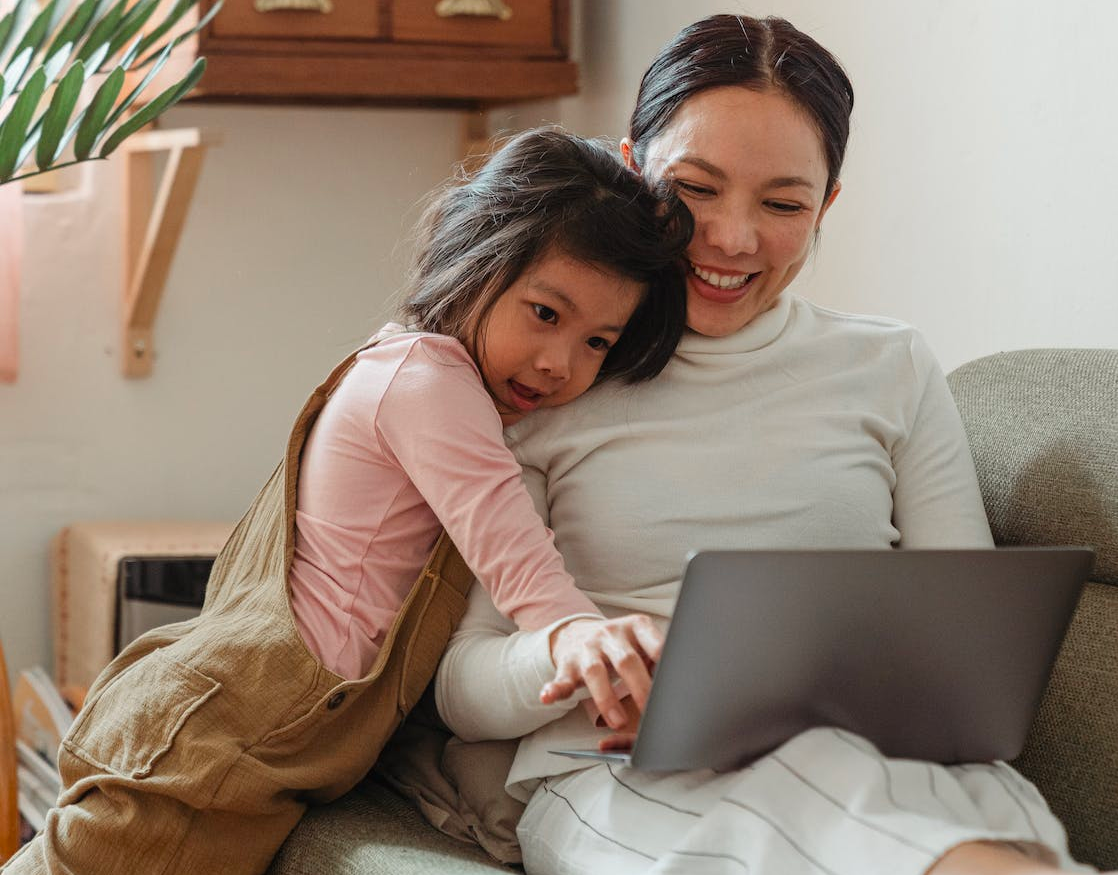
Konec OPPO Handset
For details on using Google's Parental Controls on a Konec OPPO Handset click here.
Android Devices
For information on how to set up Parental Controls on Google Play for Android devices click here.
Google's Family Link also provides functionality to keep your family safe online for more information click here.
Apple Devices
Learn how to Use parental controls on your child's iPhone, iPad and iPod touch here.
Imoo Kid's Smartwatch
It's not possible for your kids to search the internet, connect to apps, use social media or play games via their imoo Smartwatch.
Additionally, you control who they call/message and who can call/message them via the app, so all contacts are verified by you.
This is not to say that a verified contact won't send something illegal or restricted or that they won't commit cyber bullying so make sure you read on this page what to do if this happens.
Child-friendly search engines
Child-friendly search engines aim to exclude inappropriate sites and material from search results, while making sure what you've requested is returned,
Here are a few you might like to investigate:
Safe search settings
In most search engines, you can activate 'SafeSearch' to filter the search results so they don't include inappropriate or explicit content like pornography. Head to your internet browser settings to enable your preference.
Reporting illegal or restricted content online.
If you are exposed to Class 1A or 1B material online or via an unsolicited electronic message, you can complain directly to the content provider. The eSafety Commissioner can also assist in these matters, when you can't find the content provider's contact details or when they haven't responded to or acted on your complaint.
For information on eSafety's reporting process, click here.
To report illegal or restricted content to eSafety, click here.
If you report Class 1A or 1B material to us, we will investigate the matter ourselves or report it to eSafety.

Need Help?
We hope this information is informative and helpful. If you have any suggestions on how we can improve it or if you'd like to report illegal or restricted content to us, send us an email here
For more information on staying safe online, here are some helpful websites to research:
